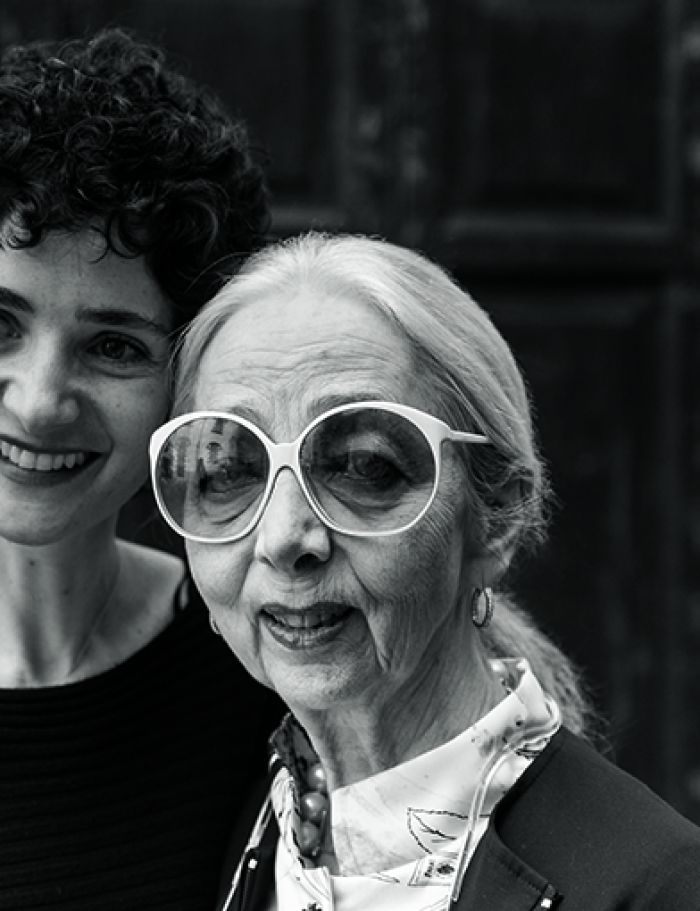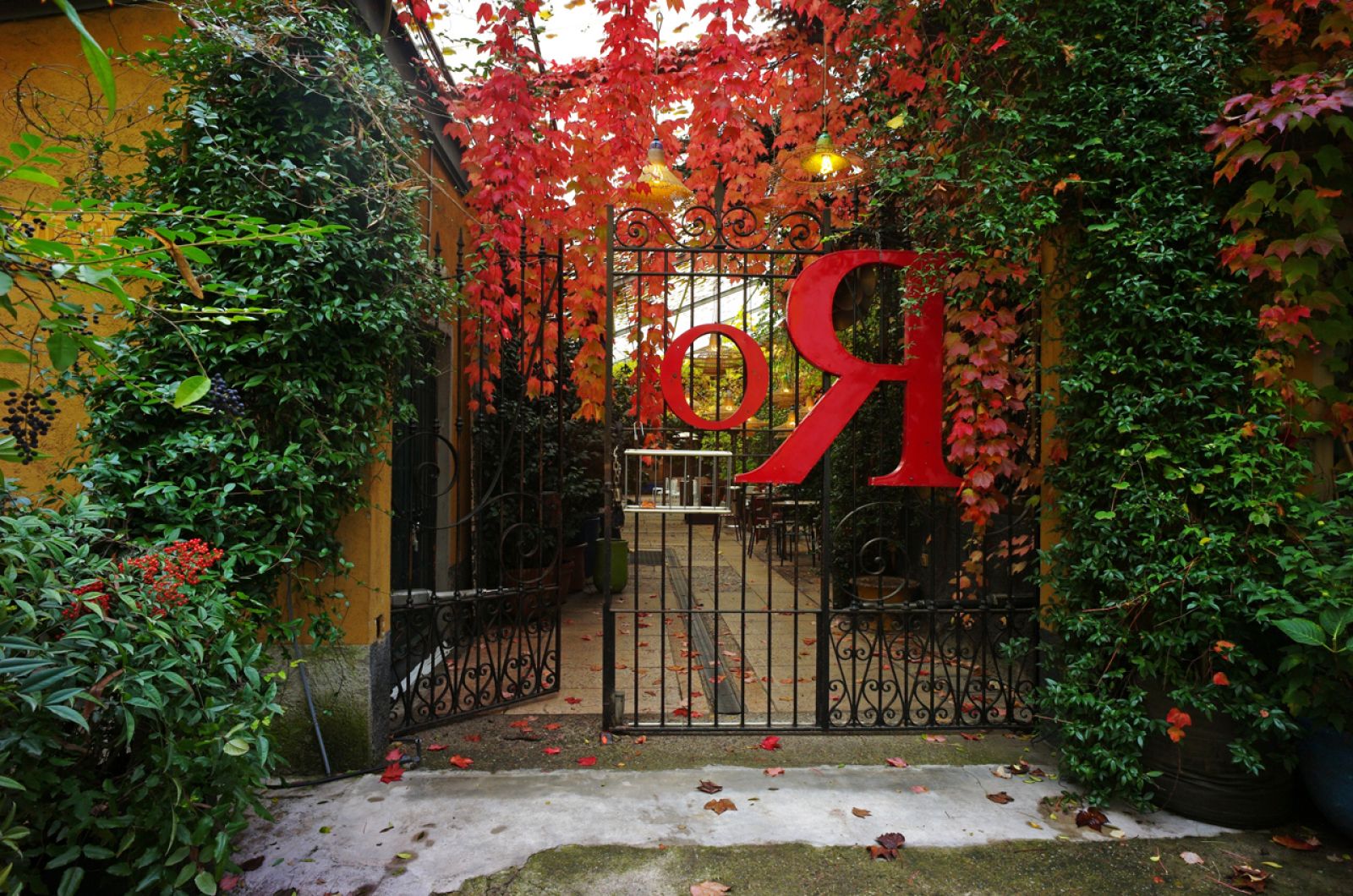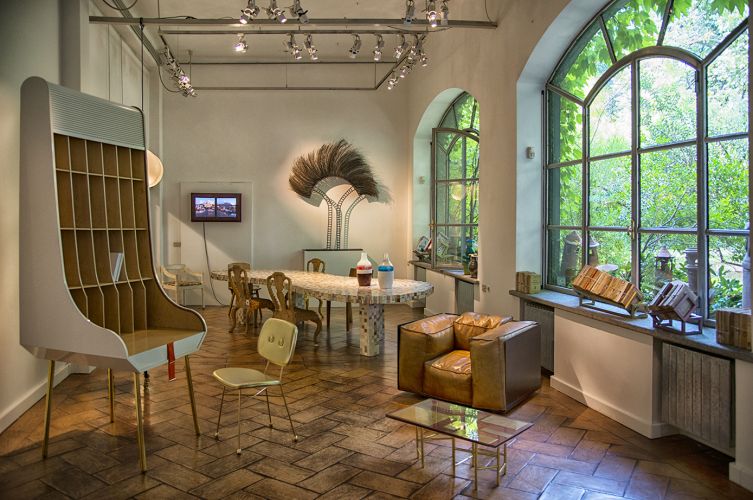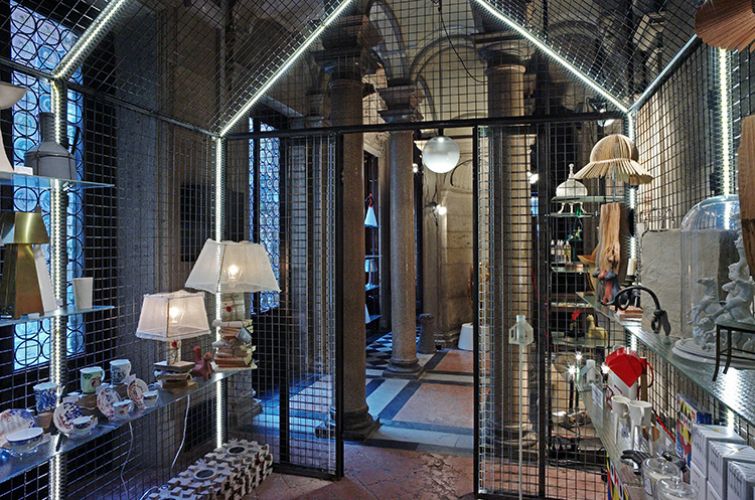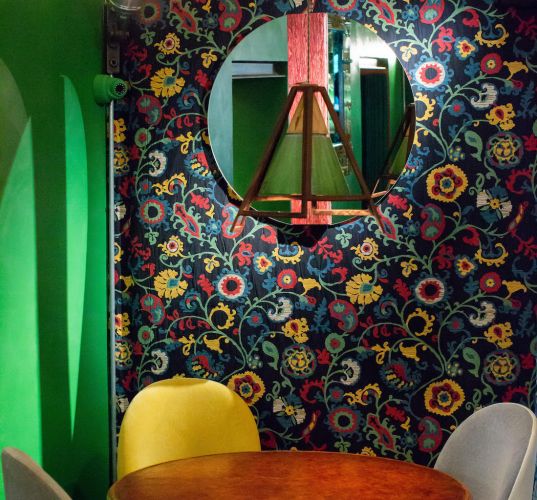sex
Apart from talent, I find all other distinctions quite irrelevant. I don’t know the sex, I don’t know the name, age, or nationality of the creator when I pick a design. If I like a prototype I select it, at face value, for a show in my gallery. So regarding the category of ‘feminine design’ I admit that I’m quite lost. With one specific exception of course: Nika Zupanc, who I launched ages ago. In the beginning people said she was a feminine version of Jaime Hayon (I didn’t say that). But she continued to develop and invented her own language. But just by looking at the objects you know that the designer has to be a woman. It has definite feminine traits. But Nika is a rare example. Looking at the products designed by someone like Patricia Urquiola, you really can’t tell. I started Spazio Rossana Orlandi in 2002 and during the early years the gallery became closely related with Dutch Design and – more particularly – Piet Hein Eek. I introduced Piet Hein during Fuorisalone, long before anybody in Italy had even noticed him. I always say Eindhoven is really an amazing place to find talent and I particularly remember the pleasure of meeting up with Lidewij Edelkoort during her term as director of the Design Academy. To me that school presented a fabulous pool of talent, it was where I discovered Nacho Carbonell and Maarten Baas. And Job Smeets (Studio Job) at the beginning of his career. I still visit Eindhoven, but nowadays I find the developments at the school far less exiting. They all seem so entangled in highbrow intellectual and ‘social design’ projects. Even though I spot less talent in Eindhoven than before, I still love the Dutch design scene, of course. Last October I was really blown away by the installation Studio Mieke Meijer did for Luxaflex. That was really the best of the Dutch Design Week. And I found an amazing recycling project ‘Spacious Plastics’ by David Hakkens, an installation at Sectie C.
